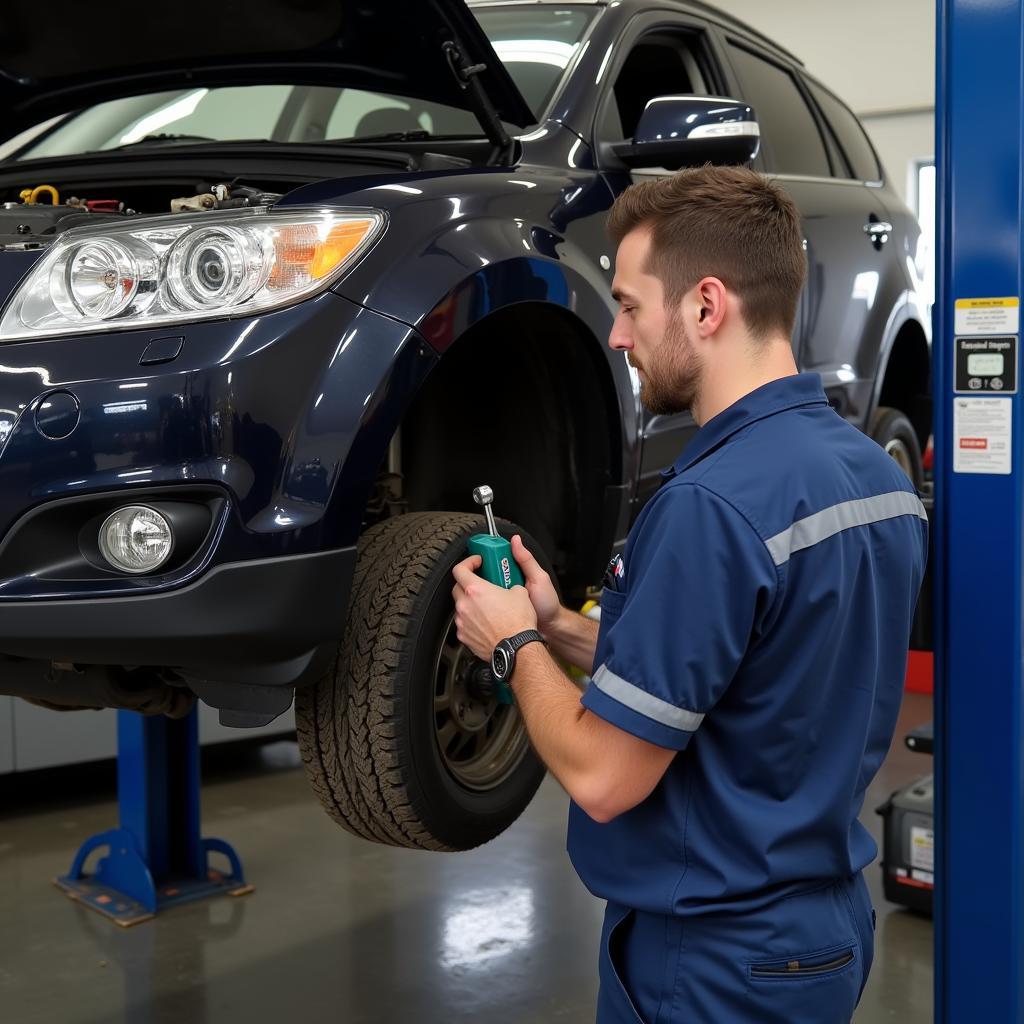Can Animal Care Services Be Replaced by Robots?
The question of whether robots can replace animal care services is complex. While technology offers promising advancements, completely replacing the human element in animal care presents significant challenges. This article explores the potential of robotics in animal care, the current limitations, and the crucial role human interaction continues to play.
Exploring the Potential of Robotics in Animal Care
Robotics has begun to make inroads into animal care, offering solutions for tasks like automated feeding, cleaning, and even providing companionship. These innovations can streamline operations, improve efficiency, and free up human caregivers to focus on more complex needs. Imagine robotic systems dispensing precise medication dosages, monitoring vital signs, or even providing physical therapy. These advancements have the potential to significantly enhance the quality of care animals receive.  Robotic feeder dispensing food to a cat
Robotic feeder dispensing food to a cat
Benefits of Robotic Assistance in Animal Care
The integration of robots offers several key advantages:
- Increased Efficiency: Robots can perform repetitive tasks tirelessly, freeing up human staff.
- Improved Accuracy: Automated systems can deliver precise medication dosages and monitor vital signs with greater accuracy.
- Enhanced Safety: Robots can handle dangerous animals or perform tasks in hazardous environments, minimizing risks to human caregivers.
- 24/7 Monitoring: Robotic systems can provide continuous monitoring of animals, alerting staff to any changes in their condition.
The Limitations of Robotics in Animal Care
While robotics offers significant potential, it’s important to acknowledge its current limitations. Animals, especially companion animals, thrive on emotional connection and individualized attention. Robots, at least with current technology, cannot replicate the empathy and understanding that a human caregiver provides. Furthermore, recognizing subtle changes in an animal’s behavior, which can indicate illness or distress, often requires human intuition and experience.  Veterinarian performing a physical exam on a dog
Veterinarian performing a physical exam on a dog
The Irreplaceable Human Element
Animals require more than just physical care; they need emotional support, mental stimulation, and social interaction. The bond between humans and animals is complex and multifaceted, playing a vital role in their overall well-being. A robot, however sophisticated, cannot replace the comforting presence of a human, the gentle touch of a hand, or the reassuring sound of a voice.
“The human-animal bond is a powerful force that contributes significantly to an animal’s health and happiness,” says Dr. Emily Carter, DVM, a leading expert in animal behavior. “While robots can assist with certain tasks, they cannot replace the crucial role that human interaction plays in providing compassionate care.”
The Future of Animal Care: A Collaborative Approach
The future of animal care likely lies in a collaborative approach, combining the strengths of both humans and robots. Robots can handle routine tasks and provide valuable data, while human caregivers can focus on providing individualized attention, emotional support, and making informed decisions based on their expertise and intuition.
“Imagine a scenario where robots assist with surgery, monitor vital signs, and dispense medication, allowing veterinarians to spend more time interacting with their patients and developing personalized treatment plans,” suggests Dr. Michael Stevens, a robotics engineer specializing in animal care applications. “This synergistic approach can revolutionize the way we care for animals.”  Robot assisting a veterinary surgeon
Robot assisting a veterinary surgeon
Conclusion
While robots offer exciting possibilities for improving animal care services, completely replacing the human element is unlikely and perhaps even undesirable. The emotional bond between humans and animals remains crucial for their well-being. The future of animal care lies in harnessing the strengths of both humans and robots, creating a collaborative approach that optimizes efficiency and maximizes the quality of care animals receive. The question isn’t whether robots can replace animal care services, but how they can enhance them.
FAQ
- What are the main benefits of using robots in animal care?
- Can robots provide emotional support to animals?
- What are the current limitations of robotics in animal care?
- How can robots and humans work together to improve animal care?
- What types of tasks are robots best suited for in animal care settings?
- Will robots eventually replace human veterinarians?
- What is the future of robotics in animal care?
Need help with your car diagnostics? Contact us via WhatsApp: +1(641)206-8880, Email: [email protected] or visit us at 456 Oak Avenue, Miami, FL 33101, USA. We have a 24/7 customer support team ready to assist you.

